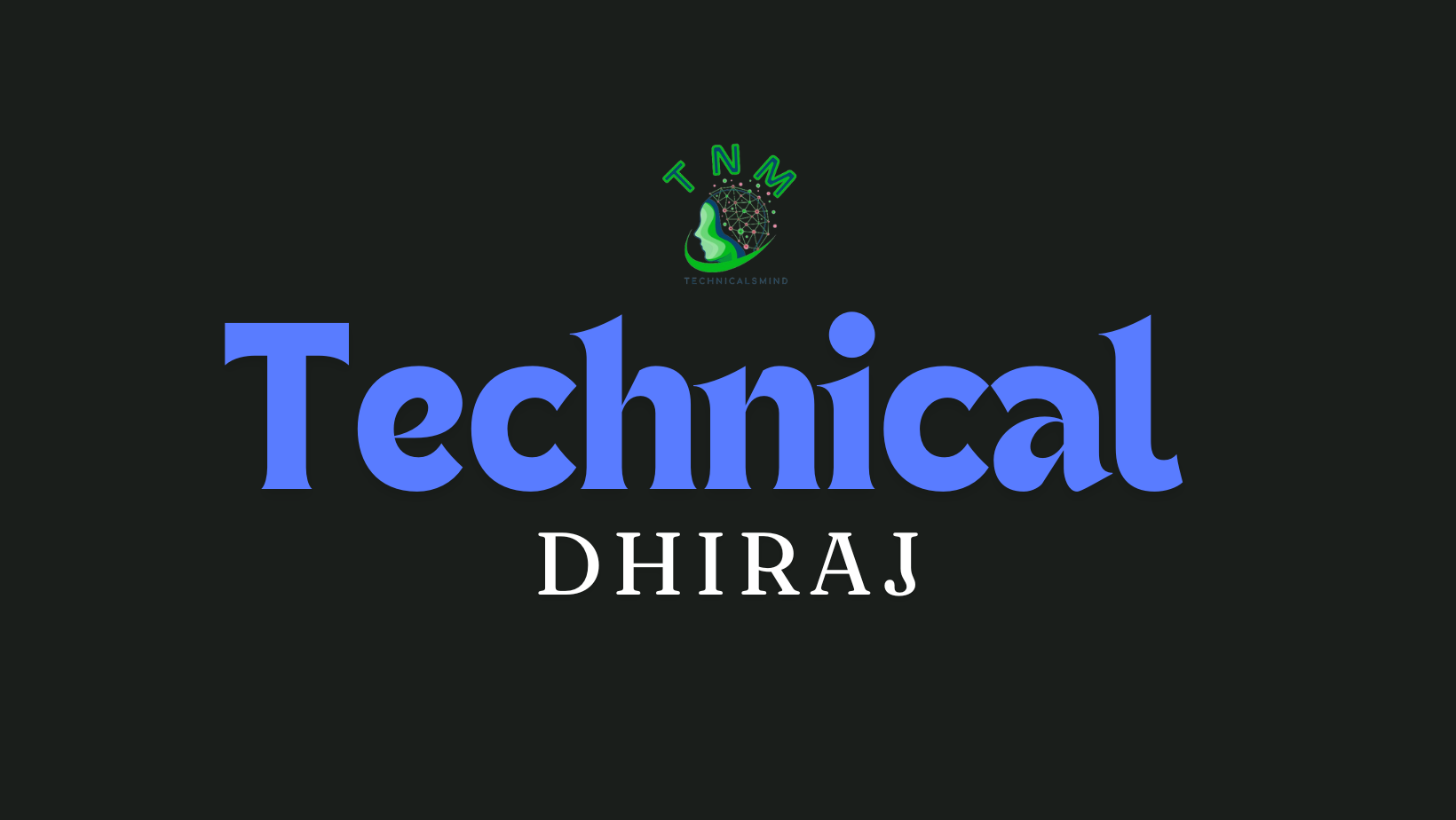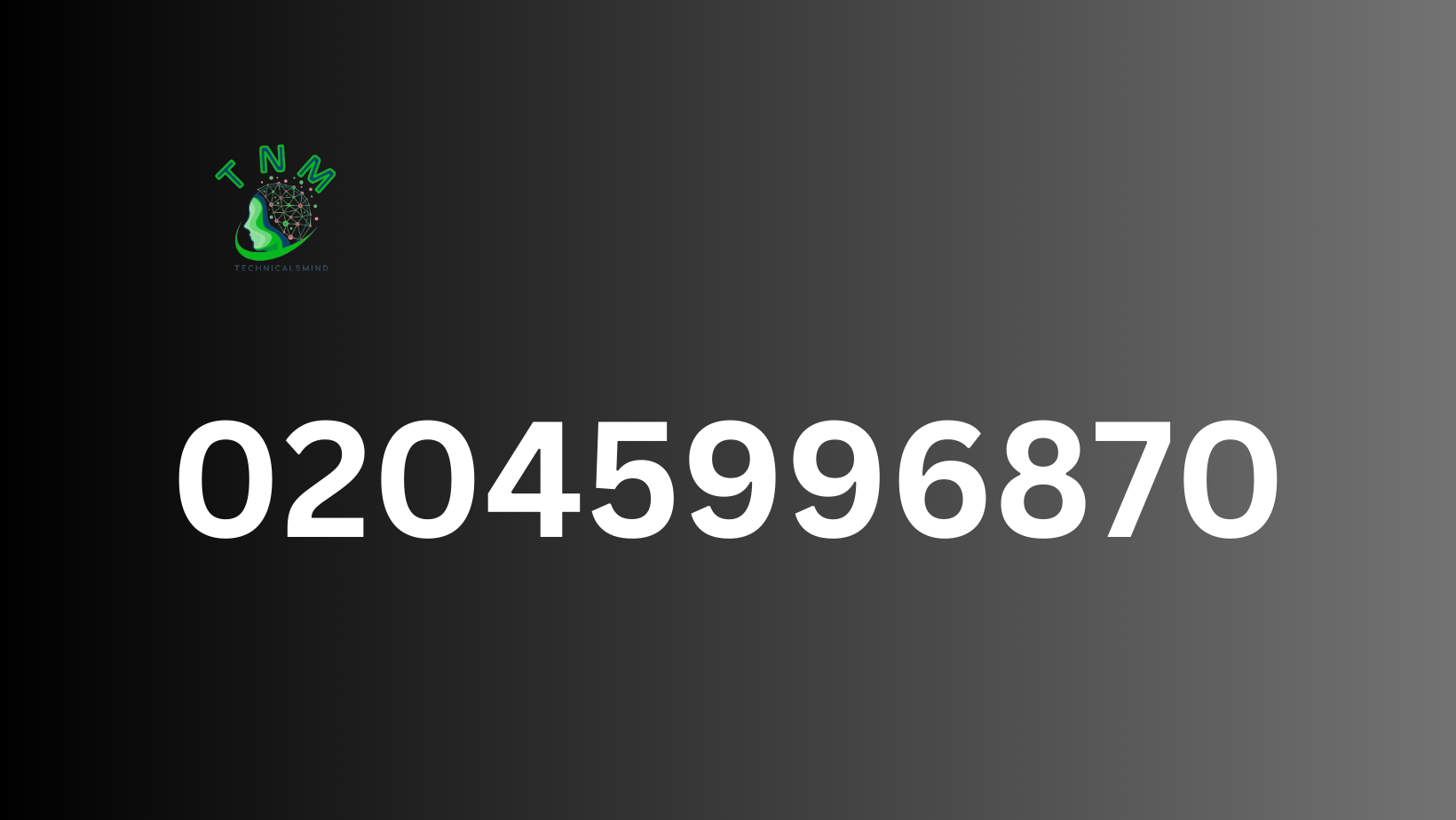Your agents are the cornerstone of your contact center, serving as one of the primary points of connection between your business and your customers. When your agents have all the proper tools and information at their disposal, they can significantly improve customer satisfaction rates and bolster your bottom line. However, even the most skilled agents will struggle to meet customer expectations and achieve business goals if they encounter issues in their desktop environment.
In the wake of the COVID-19 pandemic, the number of at-home agents skyrocketed, and many businesses continue to employ remote agents. However, this increased distance has created gaps in your visibility of the agent environment. In turn, your agents may be susceptible to a wide range of desktop issues that impact their response time, resolution efficiency, and ability to serve your customers.
To ensure optimal contact center performance, you must track several metrics. By monitoring your agents’ desktop environment, especially in remote and hybrid spaces, you will regain real-time visibility, identify potential bottlenecks, optimize workflows, and deliver flawless CX.
8 Metrics You Need to Track
Net promoter score (NPS): NPS measures customer loyalty by asking how likely a customer is to recommend your product or service to others. While high NPS indicates a high CX quality, leading to satisfied customers and strong brand advocacy, low NPS may signal issues in your customer journeys.
If issues are present in your agent desktop environment, they can lead to complications such as bottlenecks, downtime, and jitter, which will frustrate your customers and lower your NPS.
Customer effort score (CES): CES tracks how easily your customers’ problems and queries are resolved. When effort scores are low, it means that your customers have no issues and are satisfied with your CX offerings. By contrast, high effort scores denote difficulty in receiving answers and solutions.
When your CX channels and agents are experiencing issues such as low desktop performance, your CES will be higher, and it means that there is room for improvement.
First response time (FRT): Your FRT evaluates how long it takes for your agents to respond to a customer query. When your FRT is short, you will have more satisfied customers. Meanwhile, long FRT signals that there may be technical delays or inefficiency agent desktop tools.
By optimizing the agent desktop environment, you can eliminate errors that may affect your FRT and create customer frustration.
Average handling time (AHT): AHT calculates the average time spent on a single customer interaction. This metric includes talk time, hold time, and after-call work. While shorter AHT may signal that your CX pathways are efficient and make it possible to resolve customer issues quickly, your CX quality should not be sacrificed for efficiency.
Higher AHT may indicate slow agent desktop performance, which can lead to delays in retrieving customer data.
Transfer rate: Your transfer rate refers to how often calls or chats must be transferred from one agent to another before your customers’ queries are resolved. When your customers are subjected to multiple transfers, they are much more likely to become frustrated by the need to repeat their problem and the long resolution times.
If your agents are experiencing desktop issues, it may take longer than usual to pull customer data or understand exactly what department can handle a specific query. By optimizing the agent environment, you can ensure your customers are transferred correctly—and that the right agents have the necessary information to streamline interactions.
Call quality monitoring: Call quality monitoring provides visibility into how well your agents are handling customer interactions based on criteria including tone, accuracy, and compliance. This is valuable for identifying areas of improvement and ensuring your agents are meeting your brand’s quality standards.
Desktop and environment issues are a source of dissatisfaction for your agents, as well as your customers. Such issues diminish agents’ ability to serve your customers. But by better understanding any room for technical improvements, you can make it easier for your agents to complete their jobs successfully.
Call abandonment rate: This metric tracks the percentage of calls that customers hang up or abandon before reaching an agent. High call abandonment rates suggest that your customers are experiencing long wait times, or your agents are encountering technical difficulties.
Bottlenecks and downtime resulting from agent desktop environment issues can leave your customers hanging for a long time before they’re able to reach your agents. But by monitoring the agent environment, you can regain visibility into and address potential issues before your customers suffer.
Total resolution time: Your total resolution time calculates the total amount of time it takes to fully resolve a customer’s issue from the first contact to final resolution. Shorter resolution times improve customer satisfaction and ensure your agents are closing cases.
When your agents are having technical issues, it can significantly impede their ability to serve your customers. For example, if an agent isn’t receiving the necessary customer information, or their network connection leads to long load times, it will be difficult to close a case quickly.
Regain Visibility with Cyara’s Agent Environment Monitoring Solution
Altogether, these metrics provide necessary information into how real customers are reacting to your CX journeys. However, just pulling the data isn’t enough. You need to leverage a tool to help you identify and address the root cause for any issues that are hurting your results.
This is where an agent environment monitoring solution comes in. With Cyara’s agent desktop testing and monitoring tools, you can easily track, manage, and resolve issues that impact live customer interactions.
Cyara’s solutions are specifically designed to help you deliver flawless CX with confidence. With live system health checks, automated alerts, and visual dashboards, you’ll empower your agent and support teams to find and fix the issues that may put your brand reputation and customer satisfaction at risk.
When you choose Cyara, you can:
- Reduce mean-time-to-repair and accelerate root-cause analysis.
- Increase agent proactivity.
- Support top-line business objectives.
- Reduce churn and improve key customer service metrics.
Even a single issue in the desktop environment can make it impossible for your agents to serve your customers, putting your revenue and brand reputation on the line. But with Cyara, you’ll regain control and visibility into the agent environment, so you can continue to deliver exceptional CX. Contact us today for a personalized demo or visit cyara.com to learn how to assure end-to-end customer experiences.



